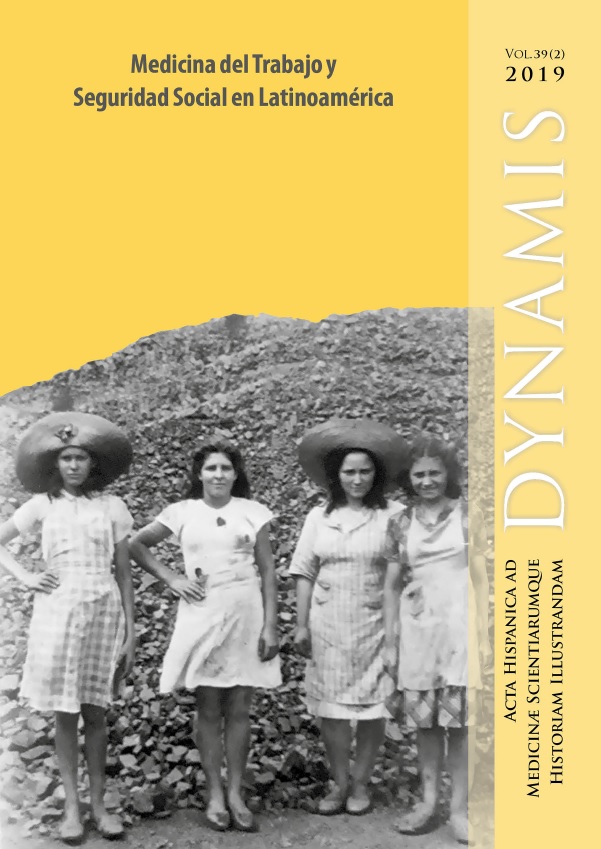Urban penalty and health reform: the case of a mining city: La Unión (1870-1913)
DOI:
https://doi.org/10.30827/dynamis.v39i2.9842Keywords:
urban penalty, public health, sanitary reform, urban environmental degradation, lead contaminationAbstract
In the first part of this article, we analyze urban penalty from the perspective of market failures. In the second part, we offer data showing that La Union suffered urban penalty between 1870 and the First World War. Finally, in the third part, we quantify the expenditure invested by the city in health reform and document the failure to install condensation chambers in lead smelters in the city, despite this being a legal requirement. In conclusion, we support the hypothesis that the Union suffered an urban penalty up to the First World War because spending on health reform was insufficient and condensation chambers were not installed, which both have political explanations. The city was ruled by an oligarchy of business men, owners of mines and smelters and insensitive to the social problems. Less was invested in public health in comparison to other Spanish cities with similar populations, and public resources were used for private purposes. This same oligarchy did not comply with the state legislation requiring the introduction of condensation chambers in lead factories.Downloads
Downloads
Published
2019-12-05
How to Cite
Escudero, A., García Gómez, J. J., & Martínez Soto, Ángel P. (2019). Urban penalty and health reform: the case of a mining city: La Unión (1870-1913). Dynamis, 39(2), 403–427. https://doi.org/10.30827/dynamis.v39i2.9842
Issue
Section
Artículos
License
Dynamis se encuentra adherida a una licencia Creative Commons Reconocimiento (by), la cual permite cualquier explotación de la obra, incluyendo una finalidad comercial, así como la creación de obras derivadas, la distribución de las cuales también está permitida sin ninguna restricción.

















